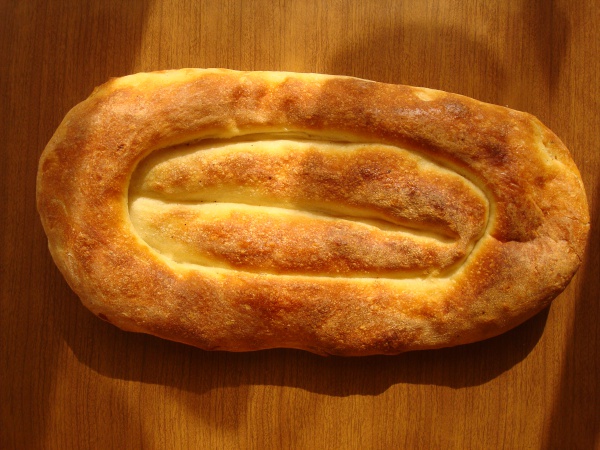Facts About Matnakash
Matnakash is a delectable traditional Armenian bread somewhat reminiscent of naan. Made from wheat flour with either yeast or a sourdough starter, it features a unique preparation method that lends it its name. In Armenian, "matnakash" translates to "finger-drawn" a nod to the technique of shaping the dough by pulling or drawing with fingers.
Typically formed into oval or round loaves, matnakash is distinguished by its characteristic scoring patterns, either longitudinal or criss-crossed. Before baking, the surface is brushed with a sweetened tea essence, resulting in a beautiful golden or golden-brown crust.
Matnakash is particularly popular in regions with significant Armenian communities, attesting to its cultural significance and exquisite flavor.
During the Soviet era, matnakash was highly esteemed. In the 1930s, Soviet Armenian food specialists sought to modernize the appearance of bread to align with the ethos of the new communist regime. They transformed matnakash into a mass-produced urban staple. The bread's design was reinterpreted to fit the Soviet narrative, with its patterns symbolizing a plowed field. The rim represented the boundary of an agricultural field, while the imprinted lines were seen as rows of tilled soil.
This blend of cultural tradition and historical influence makes matnakash more than just bread—it is a slice of Armenian heritage.

 Turkey
Turkey